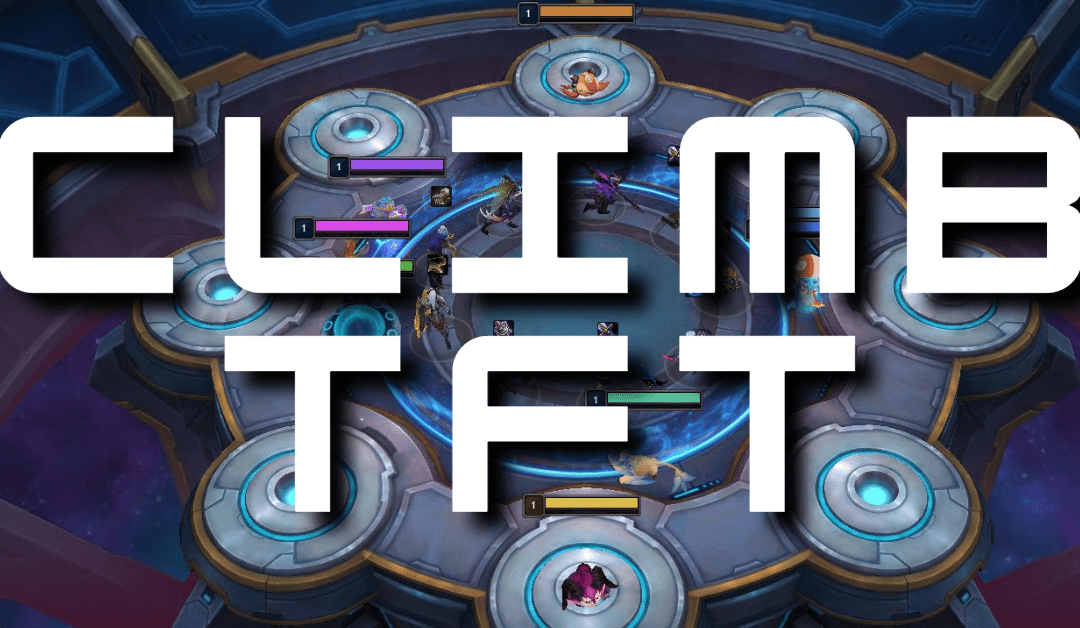Introduction
As a TFT World Champion, I’ve gained valuable insights and experience in the game that I’d like to share with you. This guide is tailored for players in Gold Elo and will help you improve your gameplay, increase your rank, and ultimately have a more enjoyable TFT experience.
1. Managing Econ
Economy management is crucial to success in TFT. To manage your economy efficiently, follow these basic principles
- Aim for 50 gold: Always try to maintain 50 gold as this will give you maximum interest (5 gold per round). Spend gold only when necessary and avoid going below 50 gold unless you need to make a power play or are about to lose.
- Win/loss streaks: If you are on a winning or losing streak, try to maintain it for as long as possible to maximize your gold income.
- Don’t reroll early: Avoid rerolling before level 6, as it will harm your economy. Focus on building a solid foundation and getting to level 6 or 7 before investing in rerolls.
2. When to Level Up
Here are some guidelines for leveling up:
- Level 4: Generally, you should level up to 4 on Round 2-2, spending 4 gold.
- Level 5: Level up to 5 during Round 2-5 or 2-6, depending on your economy.
- Level 6: You should aim for level 6 during Round 3-2 or 3-3, depending on your win/loss streak and available gold.
- Level 7: Aim to reach level 7 around Round 4-1, and start rerolling to find your core units.
- Level 8: Depending on your economy, level up to 8 during Round 5-1 or 5-2.
- Level 9: If you have enough gold and a solid composition, push for level 9 to further enhance your team.
3. When to Shuffle
Shuffling, or rerolling, should be done carefully and at the right time:
- Don’t reroll before level 6, unless you’re in a desperate situation.
- During the mid-game (level 7), start rerolling to strengthen your
composition and find key units. - When you reach level 8, continue to reroll, but also make sure you have enough gold to level up if necessary.
4. Which Augments to Pick and Why
Augments are game-changing additions to your team. Selecting the right one can significantly boost your chances of winning:
- Synergy-based augments: Choose augments that enhance your team’s existing synergies. For example, if you’re running an Assassin composition, an augment like “Cutthroat” would be a great choice.
- Defensive augments: If your team lacks survivability, consider choosing defensive augments such as “Ironclad Heart” or “Warmogs.”
- Utility augments: Some augments provide useful utilities, like “Loaded Dice,” which can help you find key units more easily.
- Situational augments: Sometimes, it’s best to choose an augment based on the current state of the game. If you’re behind, an augment like “Win Streak” can help you bounce back.
5. When to Build Items
Knowing when to build items in TFT is crucial for maximizing their effectiveness and improving your chances of victory. Here are some guidelines to help you decide when to build items:
- Early Game (Stages 1 and 2): Build basic items that provide immediate benefits to your champions, such as attack speed, damage, or health. Some examples include: Bow, Chain Vest, or Giant’s Belt. Avoid overcommitting to specific items unless they are highly beneficial for your chosen composition. Keep your options open for potential adjustments based on the units you acquire.
- Mid Game (Stages 3 and 4): By the mid-game, you should have a better idea of your team composition. Start building core items for your main carry champions, such as Infinity Edge for Assassins or Guardian Angel for Bruisers. If you have multiple components, try to build items that use them efficiently.
- Late Game (Stages 5 and 6): In the late game, focus on building situational items to counter specific enemy compositions or to enhance your own. For example, build a Quicksilver Sash to counter crowd control or a Zephyr to remove an enemy unit from the fight temporarily. If possible, use the Armory or carousel rounds to find item removers (Reforgers or Magnetic Removers) to adjust your items based on the current state of the game.
- General Tips: While it’s essential to make smart item choices, don’t hold onto components for too long. A partially completed item can still provide a significant power spike. Utilize item holders by placing your items on a temporary champion who can effectively use them until you find your desired unit.
Conclusion
By mastering the art of managing your economy, knowing when to level up, when to shuffle, which augments to pick, and when to build items, you’ll soon find yourself climbing the ranks and reaching higher Elo brackets. Stay focused, adapt to the ever-changing game state, and most importantly, have fun on your journey to becoming a better TFT player!

